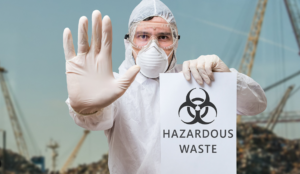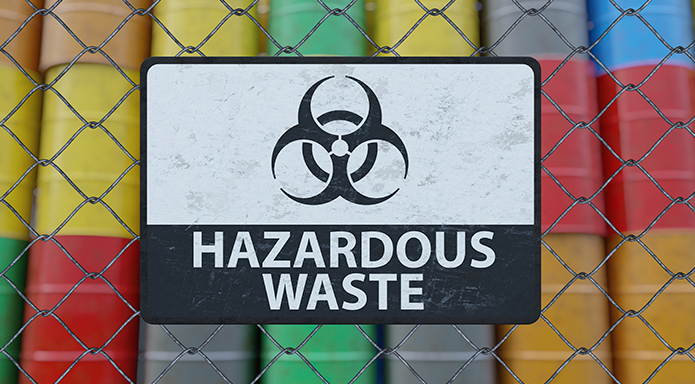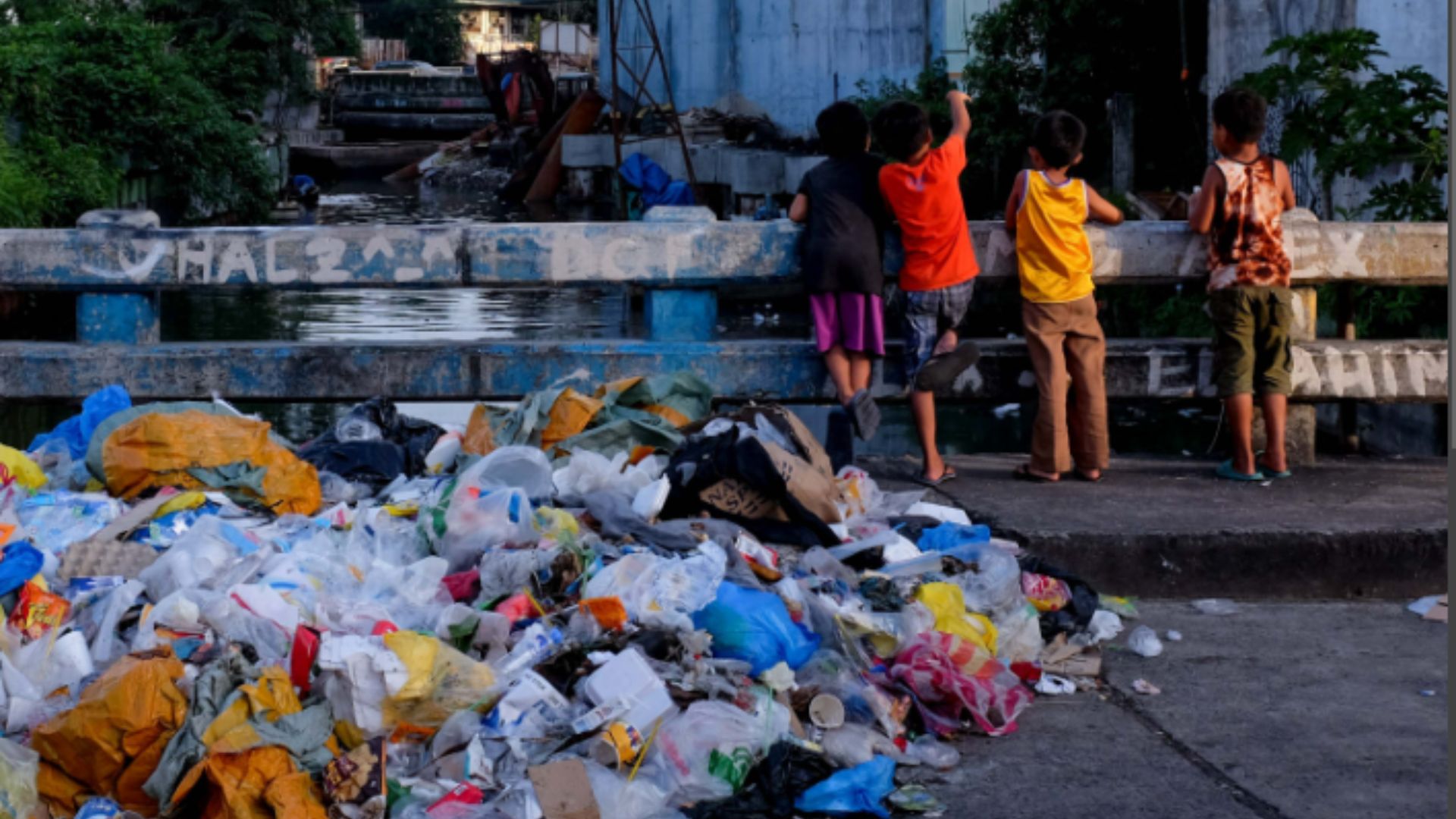Hazardous waste is a pervasive and pressing environmental issue that affects communities and ecosystems worldwide. In today’s modern industrialized society, the generation of hazardous waste has become increasingly common, posing severe risks to human health and the environment. This article helps in understanding hazardous waste, its sources, impacts, and the measures taken to manage and mitigate its adverse effects.
What is Hazardous Waste?
Hazardous waste encompasses a wide range of materials that are harmful or potentially dangerous to human health and the environment. These materials may include chemicals, solvents, heavy metals, radioactive substances, and various industrial byproducts. Unlike ordinary waste, hazardous waste requires special handling, storage, and disposal procedures due to its potential for causing harm. It can take various forms, such as liquids, solids, gases, or sludges, making it a complex and multifaceted issue.
Sources of Hazardous Waste
Hazardous waste originates from a myriad of sources, including industrial processes, healthcare facilities, research laboratories, and households. Industrial activities, such as manufacturing, mining, and chemical production, are among the primary contributors to hazardous waste generation. Additionally, healthcare institutions produce hazardous waste through the disposal of pharmaceuticals, medical equipment, and biohazardous materials. Even households contribute to the problem through the improper disposal of common items like batteries, paints, and cleaning agents.
The Environmental Impact
The improper handling and disposal of hazardous waste have far-reaching environmental consequences. When not managed appropriately, these substances can contaminate soil, water, and air, leading to long-lasting damage. Soil contamination affects agricultural productivity and can infiltrate food chains, posing health risks to both humans and wildlife. Water pollution can result in the degradation of aquatic ecosystems, with toxins accumulating in fish and other aquatic organisms. Airborne pollutants can lead to respiratory problems and contribute to the formation of smog and acid rain.

Human Health Risks
Hazardous waste is not only a threat to the environment but also to human health. Exposure to these toxic substances can cause a wide range of health problems, including respiratory issues, skin disorders, neurological disorders, and even cancer. Communities living near hazardous waste disposal sites are particularly vulnerable to these health risks. Moreover, improper disposal practices can lead to the release of hazardous substances into drinking water sources, further jeopardizing public health.
Management and Regulation
To address the growing concern of hazardous waste, governments and environmental agencies around the world have implemented strict regulations and guidelines for its management. These regulations often require proper labeling, storage, transportation, and disposal methods for hazardous materials. In many countries, specialized facilities are designated for the treatment and disposal of hazardous waste, ensuring its containment and minimizing environmental risks.
Conclusion
Hazardous waste is a global issue that demands our immediate attention and action. Understanding its nature, sources, and impacts is essential in finding effective solutions to mitigate its adverse effects on the environment and human health. As individuals, we can contribute to the solution by responsibly disposing of hazardous materials and supporting initiatives that promote sustainable waste management practices. Additionally, industries and governments must continue to work together to reduce its generation, improve waste treatment methods, and enforce stringent regulations to protect our planet and future generations from the perils of hazardous waste contamination. In doing so, we can move towards a cleaner and safer environment for all.



